Tweet
Who gets in touch for the first time with polymer (or syntetic) clay such as Fimo, Cernit, Premo!, Kato, Scupley etc, often have no idea of the myriad uses of this amazing material, but in fact the choices are endless, limited only by your creativity.
Polymer clay are thermosetting materials sold in solid or liquid form, made from PVC and completely non-toxic. In the past, some brands of clay contained synthetic chemicals (phthalates) which, if burned, could release toxic substances. However, new formulations have eliminated this inconvenience. They are usually sold in blocks or bottles (in the case of liquid clay) with a weight variable and different colors.
Not all polymer clay brands are suitable for every purpose: for example, some brands produce clay with special physical properties (elasticity resilience) that make them preferable for the creation of jewelry, others are more suitable for precision works, others have better color rendering and so on.
The stylish dolls by atelierpompadour
Since thermosetting materials, to ensure that the creation modeled maintains the form that we have given, it must be baked in the oven at specific temperatures (depending on the brand of polymer clay used).
Before baking, polymer clay is suitable to be used in conjunction with many other materials such as thin metal foils, pigments, beads, acrylic paint, tempera, chalk, rhinestones, sequins, spheres, glitter, and even make-up, to achieve various and original effects. Polymer clay objects can be treated even after baking, obtaining different results: they can be painted, sanded, "glassed" (with liquid polymer siutable to be be cured at high temperatures and a heat gun), varnished, polished by hand or by machine.
The fantastic miniatures by Mairi
Many polymer clay artists also love to decorate their cured creations with reliefs or engravings, which may be realized by hand or using electrical devices such as the Dremel Engraver. Liquid polymer clay can also be blended with color, pigments, glitter, sequins, etc., and can be used for inclusions (as the resin). Inclusion is a tecnique that allows you to embed an object into the liquid medium; after baking, it will remain incapsulated into the clay. It can also be used to finish polymer clay works (for example with the "glassing", which we have already mentioned), can be cast in molds and used for the transfer of images, to name just a few examples.
The cute "pupini" by Biberta
The list of the way in which is possible to use this fantastic medium is virtually endless! In addition to jewelry, figurines, ornaments, accessories, imitation of precious stones and other natural materials, buttons, brooches, hair clips, you can make dolls, pieces of furniture, book or photoalbum covers, pens, miniatures and much, much more.
Probably two of the most famous uses of polymer clay amongst women are the jewelry and the creation of dolls'houses components, but male creative artist also does't hesitate to use polymer clay for modeling or for the dioramas. For example, in scale modeling, liquid clay (as the resin) is very siutable to be used to reproduce liquids (drinks, sups, water...) or landscape features (lakes, rivers...).
The wonderful buttons by EtsyPeekaBoo
There's no denying: this fantastic material can assume all the shapes suggested by your immagination!
A very useful book to delve into this argument is "The Art of Polymer Clay: Designs and Techniques for Making Jewelry, Pottery, and Decorative Artwork" by Donna Kato.

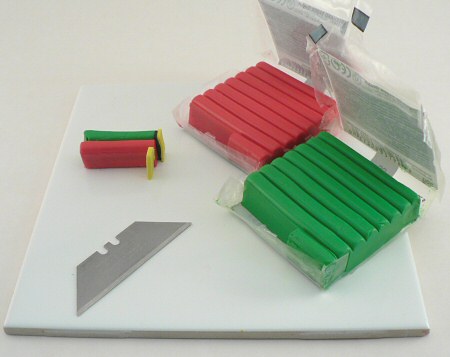
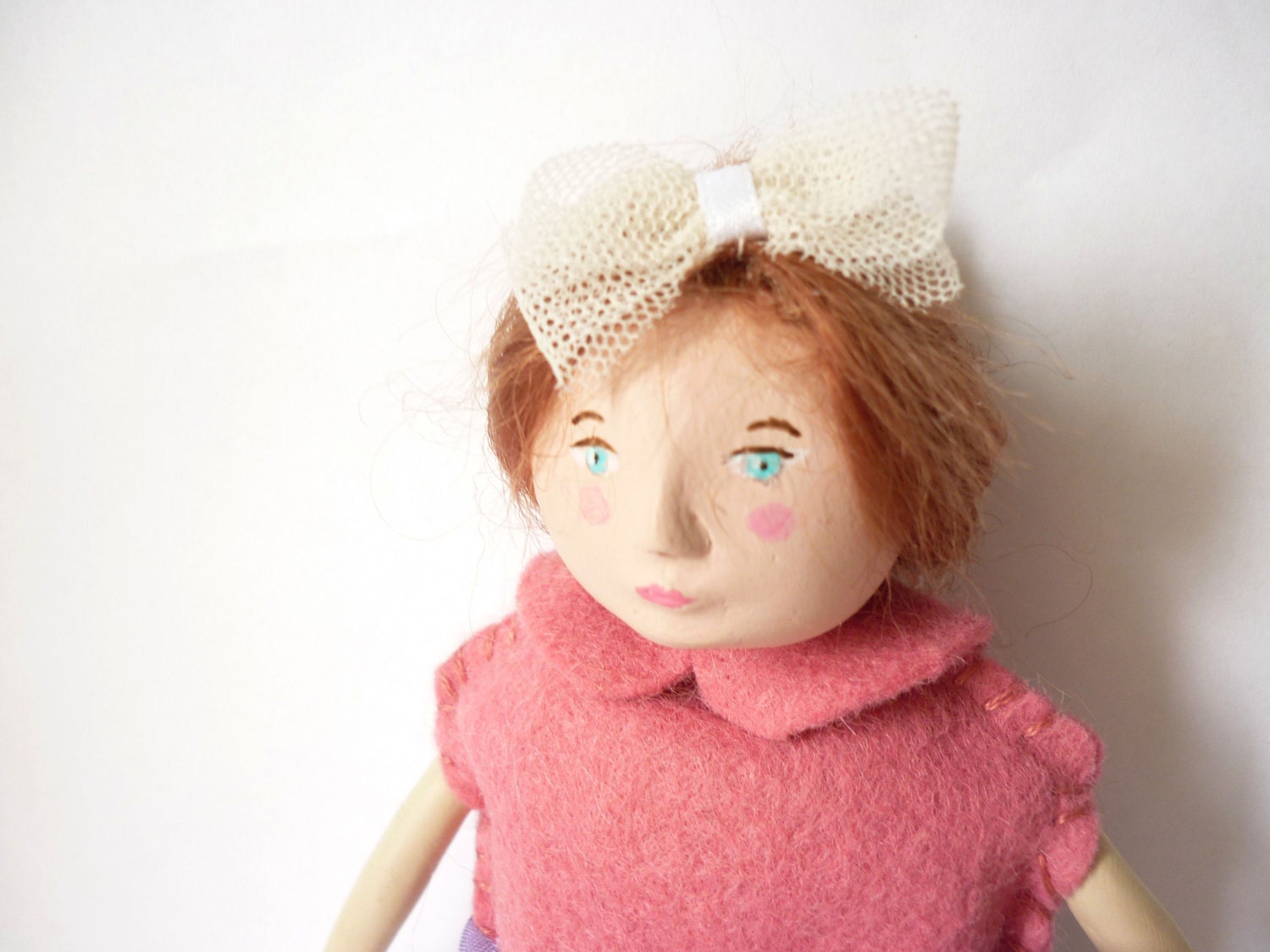
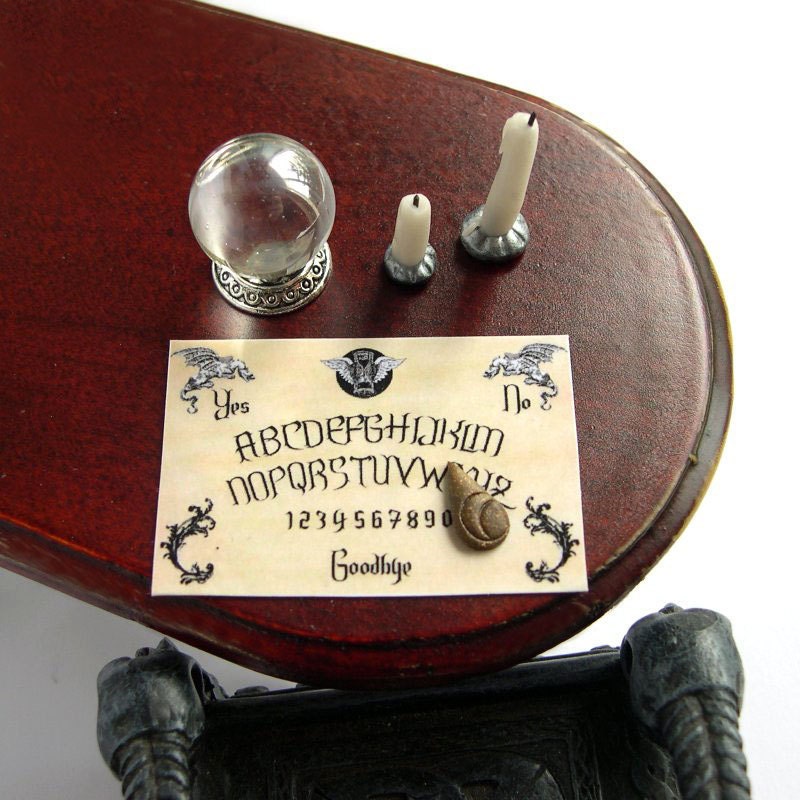
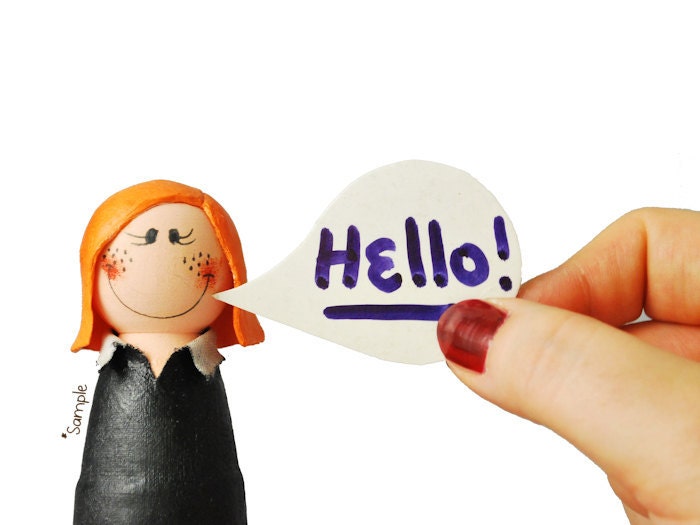
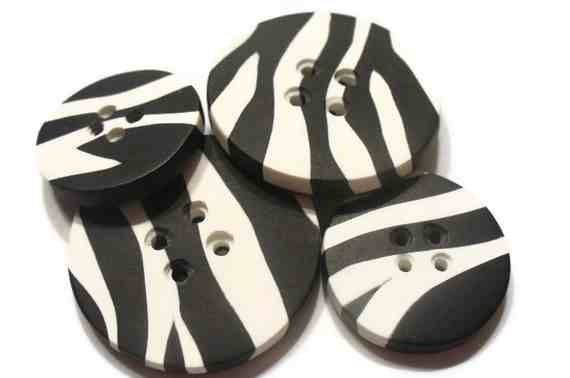



Nessun commento:
Posta un commento